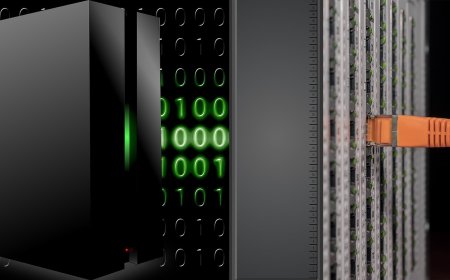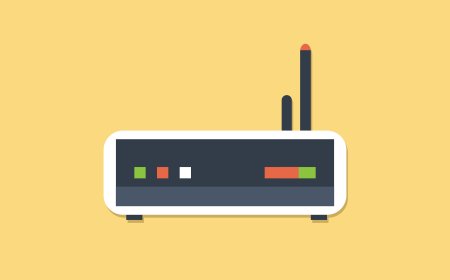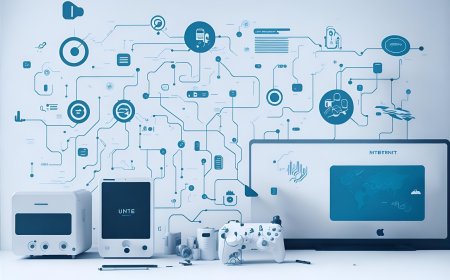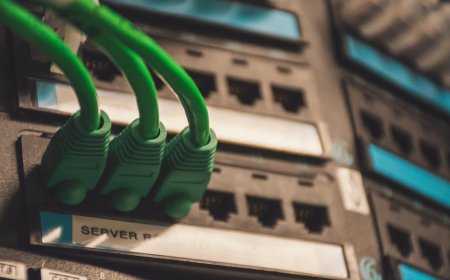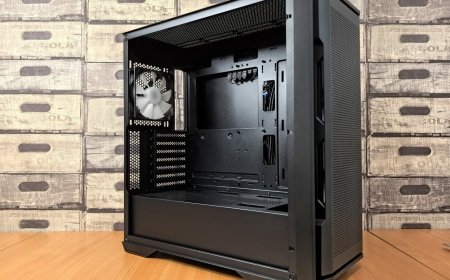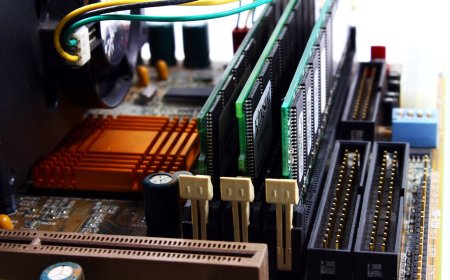Connection Types and Their Functions: A Complete Guide
In today’s connected world, understanding the different connection types and their functions is crucial—whether you're setting up a home network, building a PC, or managing enterprise infrastructure. Each type of connection serves a unique purpose, and choosing the right one can significantly affect performance, compatibility, and efficiency.Choosing the right connection type depends on your needs: If you're streaming 4K video or gaming online, a wired Ethernet connection might be best. For convenience and mobility, Wi-Fi or Bluetooth is often ideal. Understanding the function of each connection empowers you to make smarter tech decisions—whether you're upgrading your gear or troubleshooting issues.
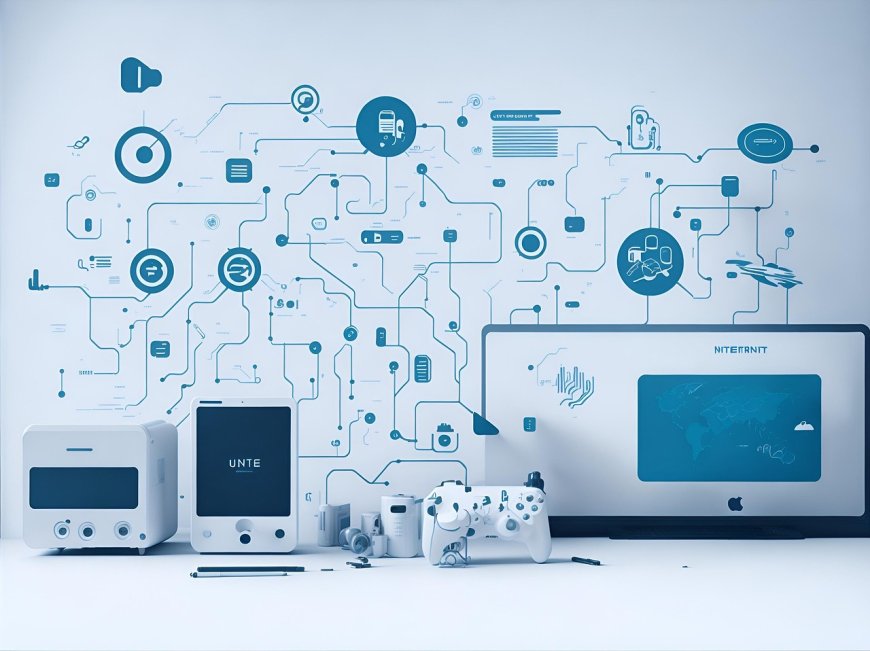
-
Wireless Connections
Wireless connections are everywhere—from your smartphone to your smart TV. Here are the main types:
✅ Wi-Fi (Wireless Fidelity)
-
Function: Connects devices to a local network and internet without physical cables.
-
Use Case: Home/office networks, mobile devices, smart home gadgets.
-
Advantage: Mobility, convenience, easy setup.
✅ Bluetooth
-
Function: Short-range communication between devices (usually up to 10 meters).
-
Use Case: Wireless headsets, keyboards, smartwatches, file sharing.
-
Advantage: Low power consumption, fast pairing.
✅ Cellular (3G, 4G, 5G)
-
Function: Enables mobile devices to connect to the internet via carrier networks.
-
Use Case: Smartphones, tablets, IoT devices.
-
Advantage: High-speed mobile internet, broad coverage.
✅ NFC (Near Field Communication)
-
Function: Enables short-range data exchange between devices.
-
Use Case: Contactless payments, ticketing, secure access.
-
Advantage: Instant data transfer, security for payments.
-
-
Wired Connections
Wired connections are known for stability and speed. Here are the most common types:
✅ Ethernet (RJ45)
-
Function: Connects devices in a local area network (LAN) using cables.
-
Use Case: Office networks, gaming setups, desktop PCs.
-
Advantage: High speed, low latency, reliable.
✅ USB (Universal Serial Bus)
-
Function: Connects peripherals (keyboard, mouse, printer) to a computer.
-
Use Case: Data transfer, charging devices.
-
Advantage: Plug-and-play, versatile, fast charging/data rates.
✅ HDMI (High-Definition Multimedia Interface)
-
Function: Transfers high-quality video and audio between devices.
-
Use Case: TVs, monitors, gaming consoles.
-
Advantage: High-resolution support, audio/video in one cable.
✅ DisplayPort
-
Function: Transmits digital display signals from PC to monitor.
-
Use Case: Professional graphics work, gaming.
-
Advantage: Higher refresh rates, multiple monitors supported.
✅ Thunderbolt
-
Function: High-speed data and video transfer.
-
Use Case: MacBooks, external drives, high-end monitors.
-
Advantage: Extremely fast speeds, daisy-chaining multiple devices.
-
-
Hybrid Connections
✅ USB-C
-
Function: Multipurpose connector for power, data, and display.
-
Use Case: Modern laptops, phones, and tablets.
-
Advantage: Universal compatibility, compact design, high power delivery.
✅ Powerline (Ethernet over Power)
-
Function: Transmits internet signals through home electrical wiring.
-
Use Case: Extending home networks without extra cabling.
-
Advantage: Easy setup, no drilling required.
-
-
Comparison Table: Wired vs Wireless
Feature Wired Connections Wireless Connections Speed Higher Varies (depending on signal) Mobility Limited High Stability Very stable Can be affected by obstacles Setup Complexity Moderate Easy Use Cases Offices, gaming, AV setup Mobile, IoT, smart homes
What's Your Reaction?
 Like
0
Like
0
 Dislike
0
Dislike
0
 Love
0
Love
0
 Funny
0
Funny
0
 Angry
0
Angry
0
 Sad
0
Sad
0
 Wow
0
Wow
0


